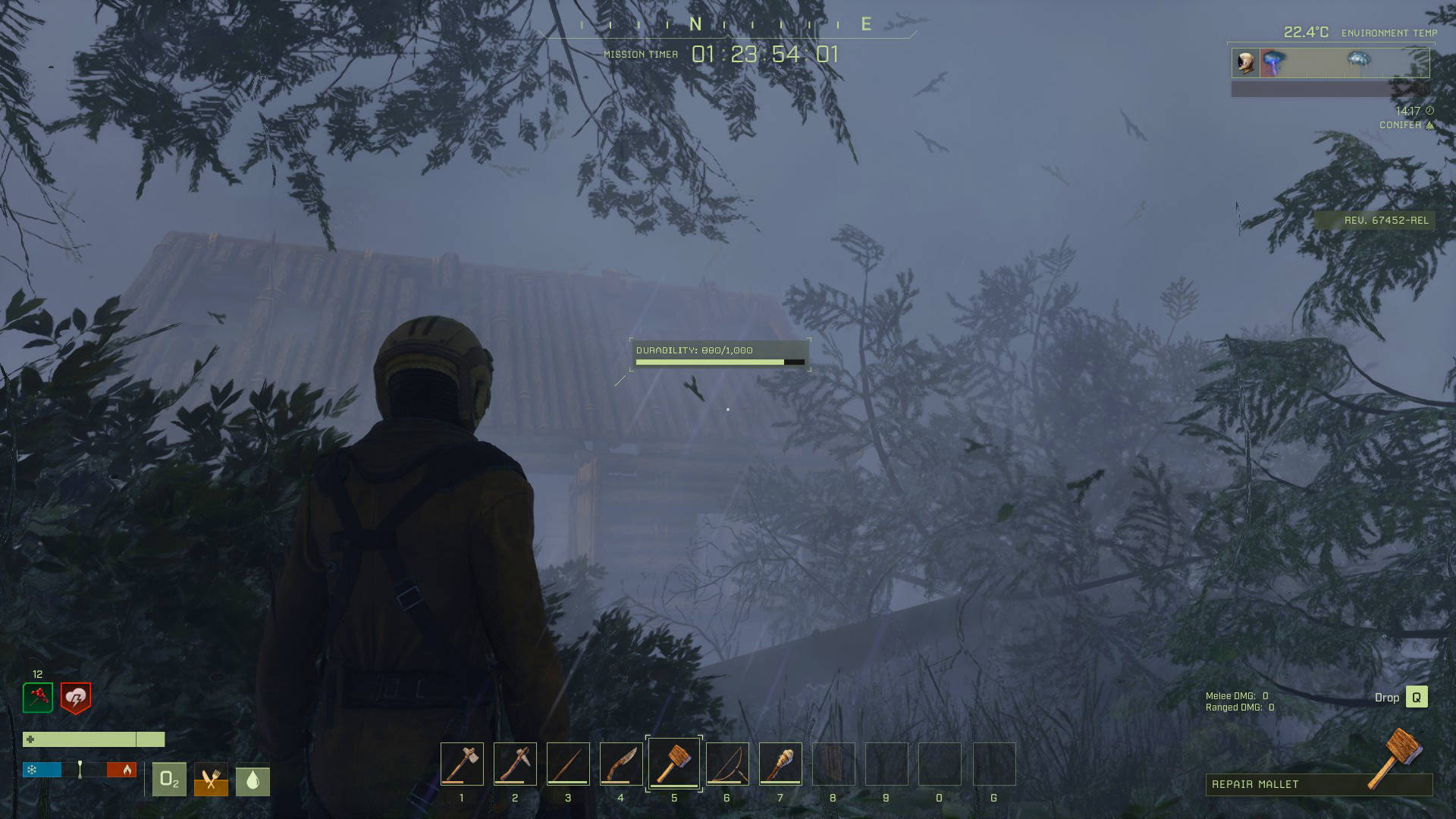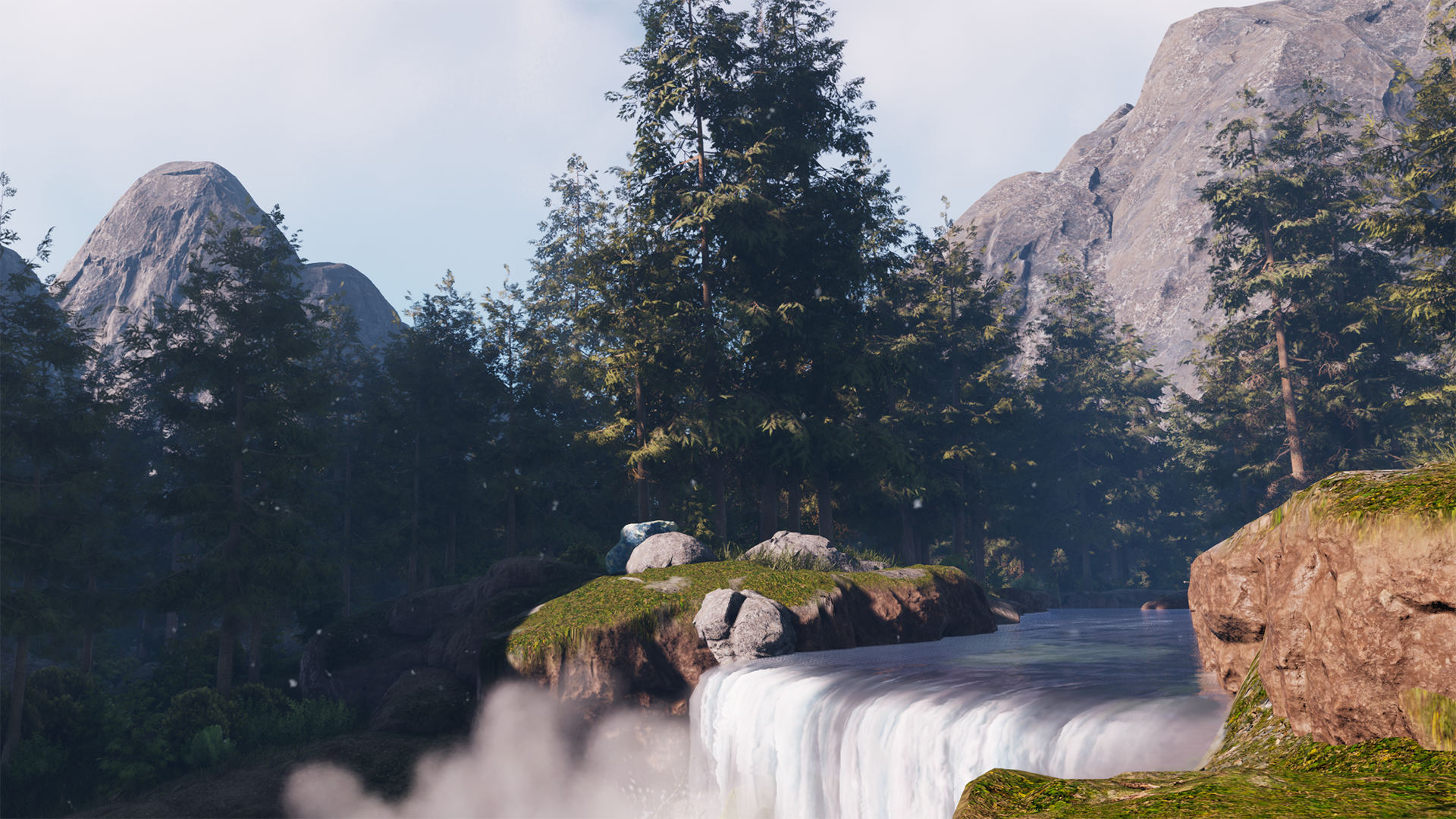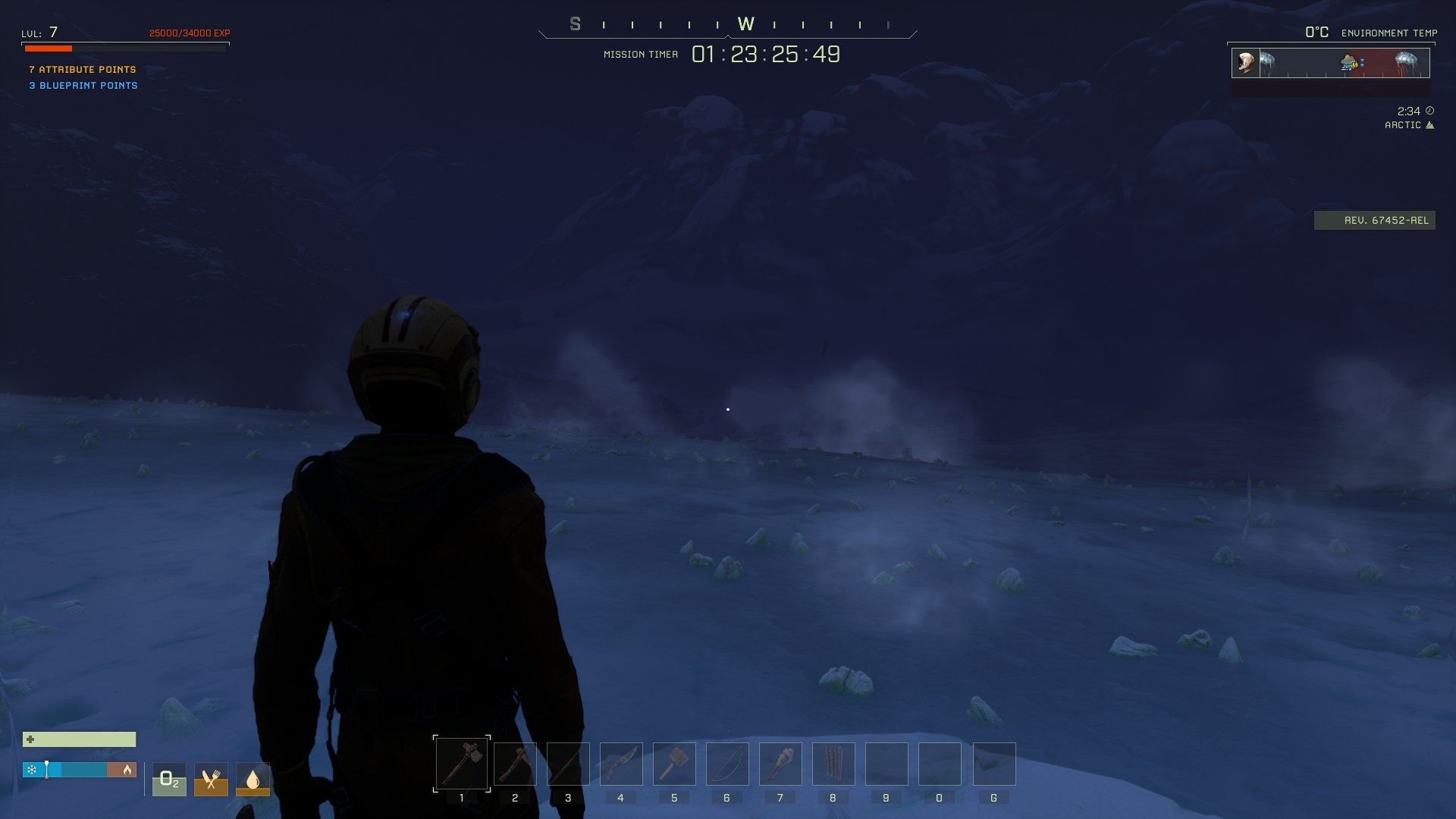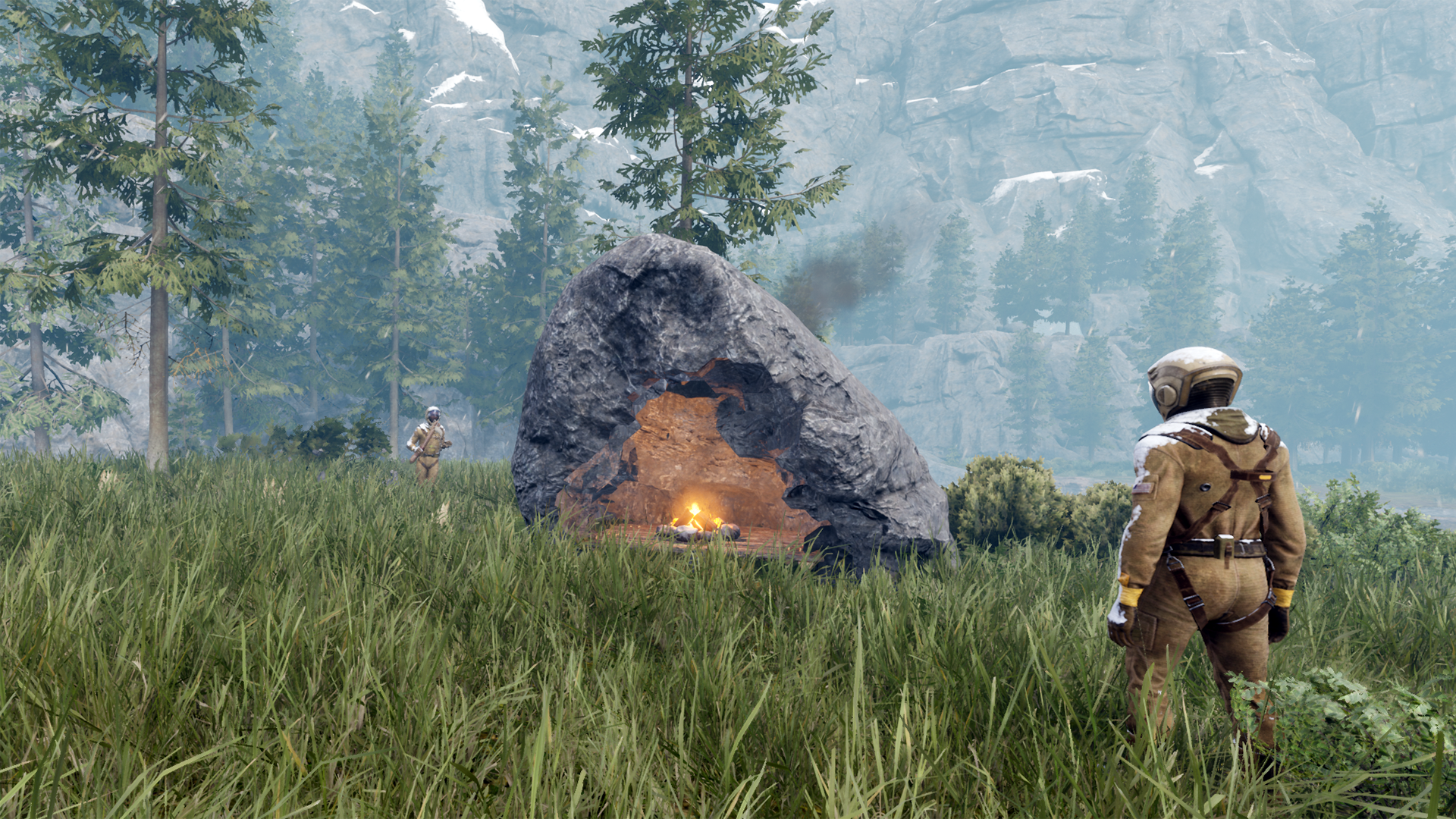over 3 years
ago -
loriipops
-
Direct link

Greetings, Prospectors!
As we continue to cover many facets of Icarus’ systems and features, this week we are taking a closer look at the brooding weather that dictates your movement and strategy on the planet.
The core functionalities of Icarus' weather system
The weather cycles in Icarus boast both beautiful and frightening visuals across a single day. As your drop ship settles onto Icarus’ soil in the early hours of the morning, you can expect to cast your eyes on stunning clear skies and sunshine that touches the trees, lakes and mountain tops.
You are given ample time to forage for resources, craft early tier weapons and build shelter prior to your first storm encounter. There is no rhyme and reason for which storm you will experience first, meaning the more prepared you are, the better.

The different tiers of weather
There’s no ‘one size fits all’ to Icarus' weather systems. The weather tiers in Icarus range from light showers to chaotic, torrential downpours. They are also unique to their biomes, with blizzards in the arctic and sandstorms in the desert.

Storms aren’t the only weather event that will be experienced either. Wind scales from light breezes through to wild hurricanes that will challenge even the strongest structures.

Impacts on structures and the environment
Each weather tier provides a visual and audio experience and even more importantly, a game-altering experience based on its severity. One of the biggest culprits is lightning. A targeted lighting strike will set your structure ablaze, along with your character if you’re not careful when out of cover. One of the coolest features is how it interacts with the environment. A tree caught by a lightning strike will spread its fire throughout nearby trees and ground-level foliage. There’s nothing quite as terrifying as a lake of fire creeping through the bush towards you.

Buildings are also susceptible to slower but noticeable deterioration during extreme weather events. A strong enough gale will tear a roof clean off a hut if you’re not prepared to repair it on the fly. While it will provide protection for your resources and crafting benches inside, neglecting to keep your walls strong and roof reinforced will lead to your most valuable possessions being damaged. Key upgrades will show their worth as you progress through the tech trees, such as lightning rods, which can be the difference between losing a homebase and surviving to fight another day.

Dynamic shelter
One of the coolest features we’re excited to introduce to you is dynamic shelter. While most shelter experiences in video games is a simple ‘roof = safe’, we wanted to provide an experience that was a bit more ‘real’. Instead of using simple overlaps, or predefined safe areas, we use thousands of bounced rays to analyse your surroundings. We process these to provide a realistic representation of how exposed your character is. This provides some unique and realistic tricks to increase your shelter, such as building against the side of cliffs, carving into rocks or even huddling with your friends.
Exposure is a genuine danger, and while a player can attempt to push through a storm without shelter, the debuff and damage modifiers will scale quickly. The same goes for unsheltered equipment which will deteriorate and break over time.

A big focus for Icarus has been the realities of weather in a survival setting. We believe a weather event shouldn’t be a visual nuisance, but a real threat to consider in your quest for exotics. By recreating these experiences, we feel confident you won’t ignore the clap of thunder in the distance, but instead will prepare for the real dangers it presents.